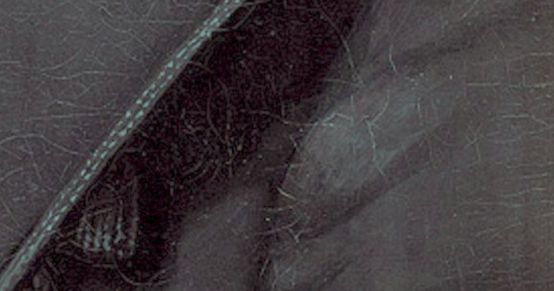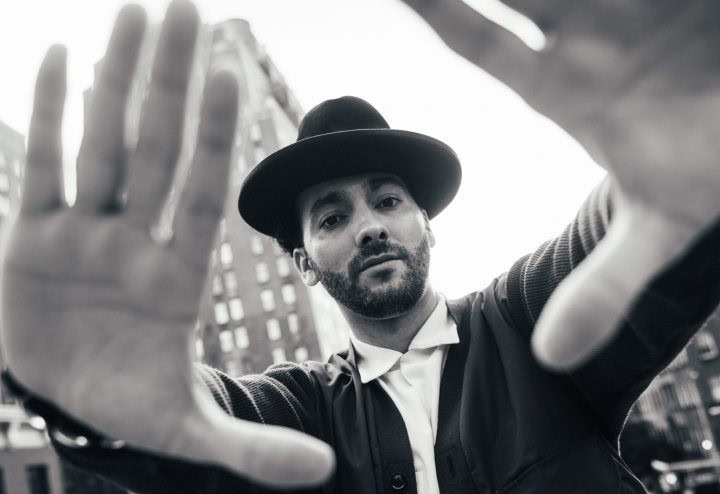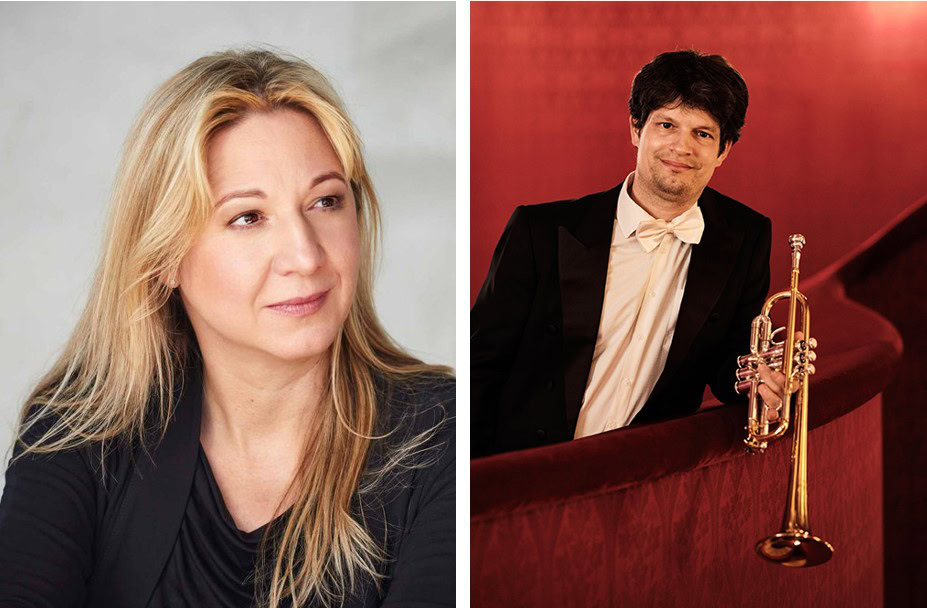Duet "with two obligatory eyeglasses"
Beethoven every Friday: to mark his 250th birthday, we take a look at one of his works every week. Today on the duet for viola and violoncello in E flat major "with two obbligato eyeglasses".

There is eye music, and there are spectacle basses. Beethoven has little to do with either musical phenomenon (the Renaissance and the pre-classical period), and yet there is a composition "with two obbligato eyeglasses" in the catalog of his works. Of course, the eyes and spectacles are not intended here as a counterpoint to the viola and cello, but the epithet jokingly refers to the two musicians for whom Beethoven wrote the duet. Incidentally, the visual aids will not have been lorgnettes that were held on a stem in front of the eyes while reading (glasses on the left, book on the right). Rather, more elaborate temple or temple-frame spectacles, or even a simple "nose squeezer" if necessary, were required in order to be able to play freely (in which case, as always: viola left, bow right - and in this case anyway: glasses on the nose).
Of course, it is not known for whom Beethoven wrote his duet. It has been suggested time and again that it could even be for himself (viola) and his friend Nikolaus Zmeskall (1759-1833, civil servant and composer). Although this is suggested by a letter dating from the time around the work (from the early years in Vienna), it cannot be verified with certainty. What remains is the statement "dearest Baron Dreckfahrer je vous suis bien obligé pour votre faiblesse de vos yeux" (I am very much obliged to you because of the weakness of your eyes) too general.
Furthermore, the question arises as to whether the composition was "finished". Only a long, complete first movement and a minuetto have survived in the so-called "Kafka sketchbook", a completely disorganized bundle; only 23 bars of a (second?) slow movement exist. But even where Beethoven wrote down the complete musical text, large parts of the articulation and dynamics are missing. Perhaps there was once a fair copy that has been lost over the decades or has been slumbering in a family vault for generations. But in that case, it's now time to Take an eyeglass and magnifying glass and take a close look.
Listen in!








